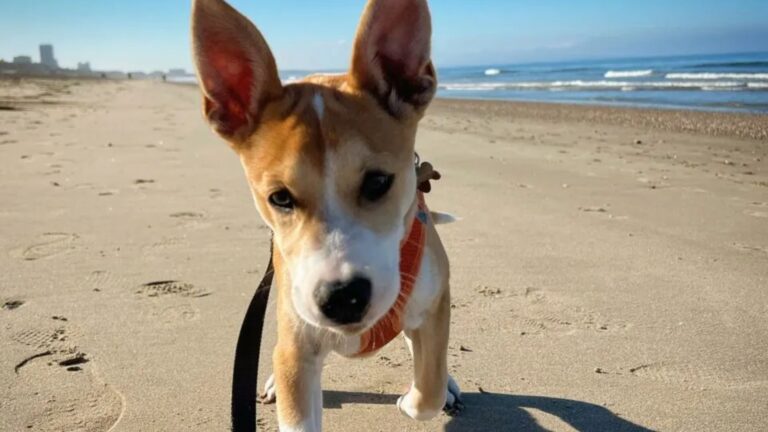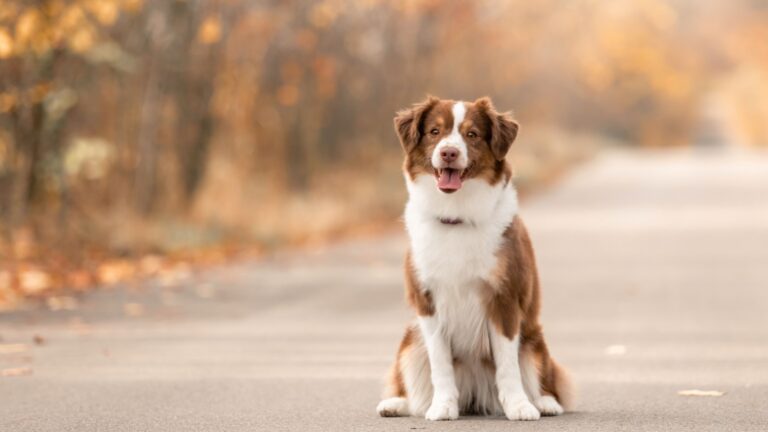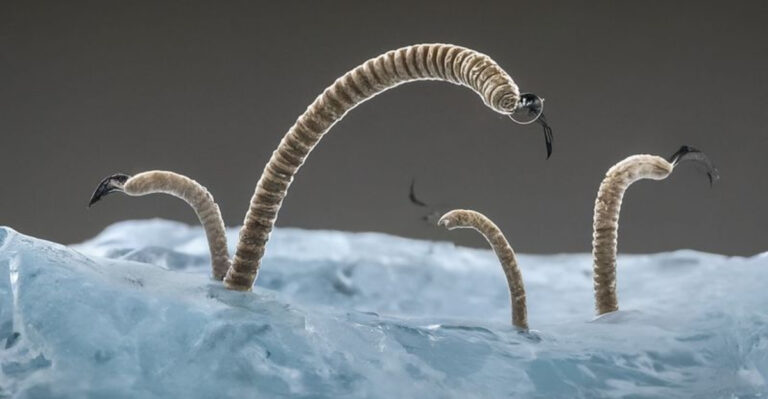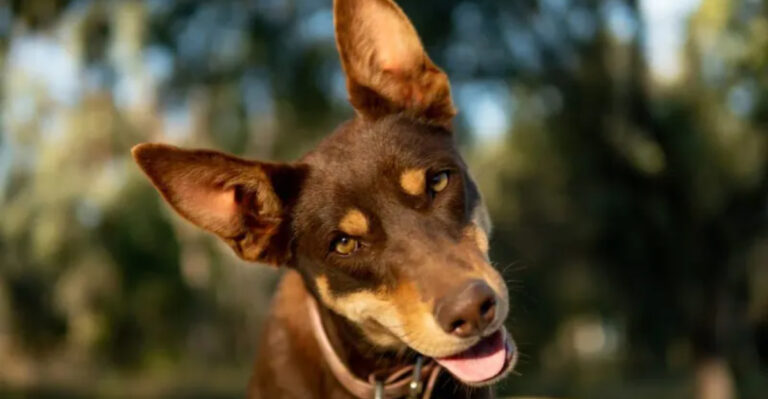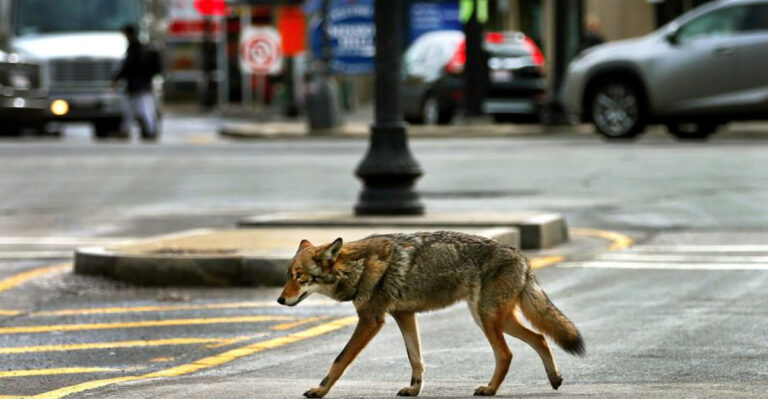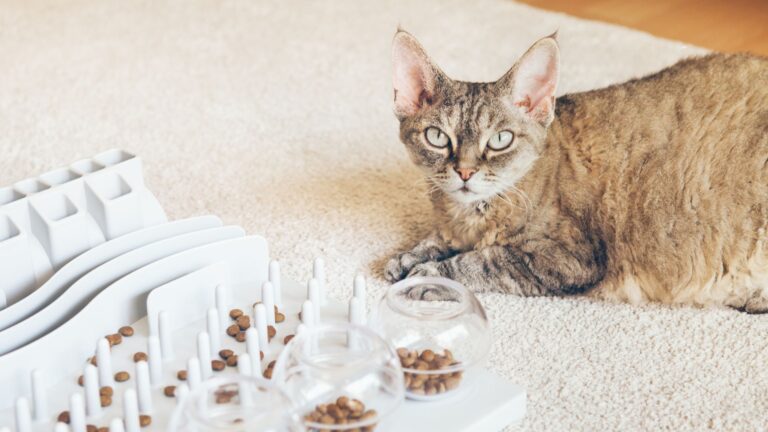How Bison Survived Extinction
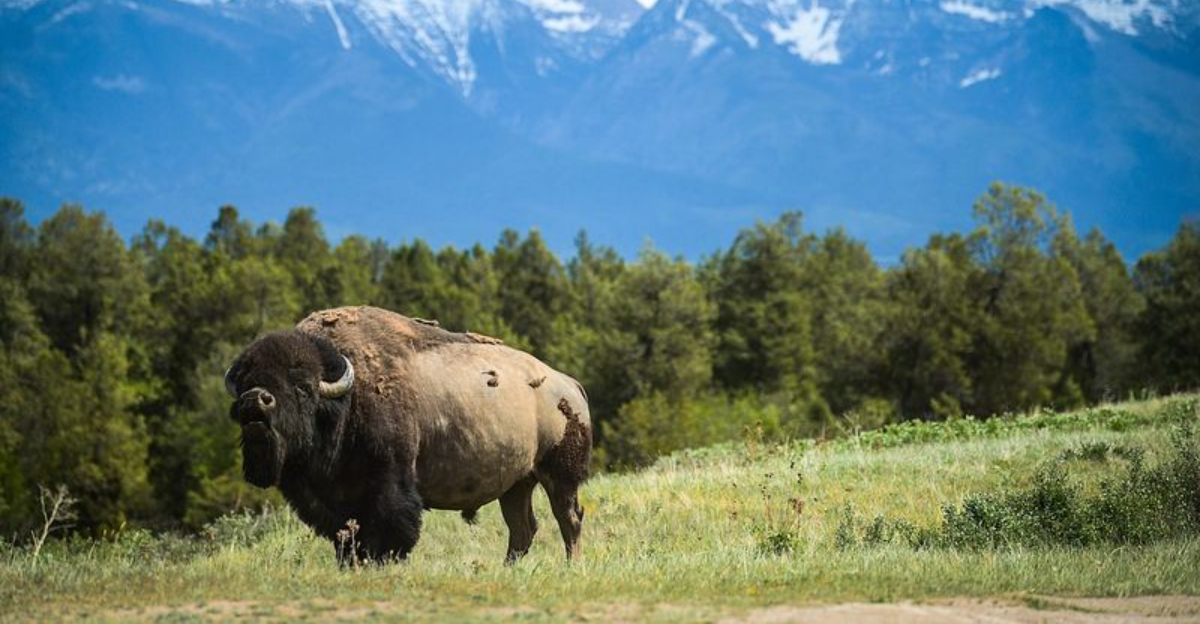
Standing tall against the prairie winds, American bison once faced the very real threat of total extinction. These massive, shaggy mammals were reduced from tens of millions to just a few hundred by the late 1800s.
Their remarkable comeback story involves dedicated conservationists, Native American tribes, and the resilient nature of these iconic animals themselves.
1. Last-Minute Rescue Efforts
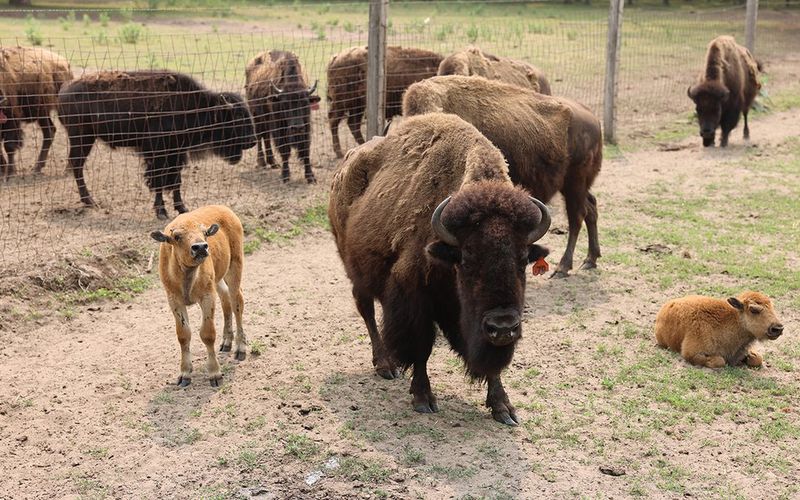
When bison numbers plummeted to around 325 animals in the wild by 1884, a handful of ranchers captured small herds for private protection. Their actions, though profit-motivated, inadvertently created genetic lifeboats.
These living arks preserved diverse bloodlines that would later become crucial to rebuilding the species. Without these private herds, bison might have vanished completely.
2. Yellowstone’s Hidden Sanctuary
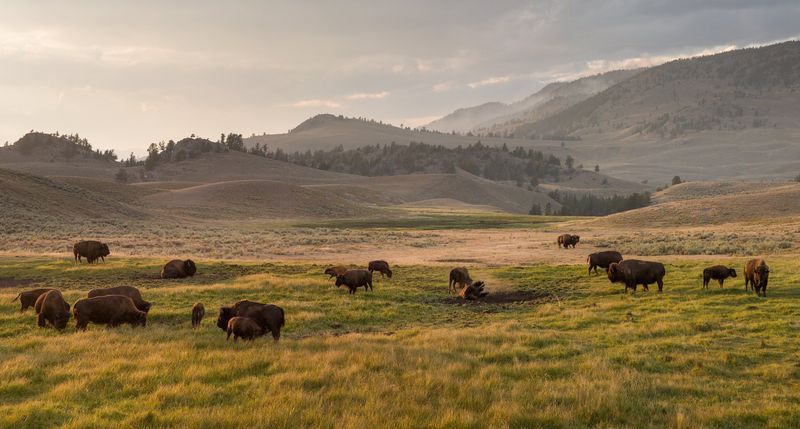
Deep in Yellowstone’s remote valleys, a small group of wild bison found refuge from hunters. Roughly two dozen animals survived in these natural hideaways, completely unknown to most people.
Park rangers discovered this remnant population in 1902 and immediately implemented protection measures. Today’s Yellowstone herd – the only continuously wild bison in America – descends from these survivors.
3. The American Bison Society’s Formation
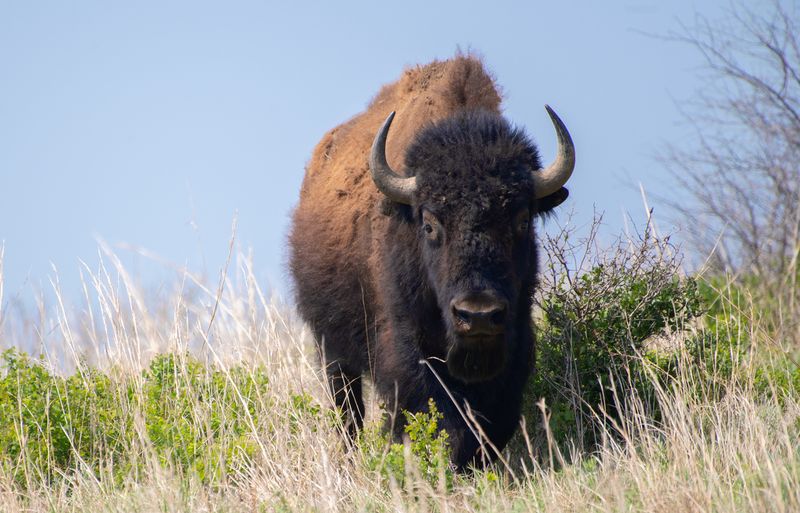
Formed in 1905 by concerned conservationists and led by William Hornaday, the American Bison Society sparked the first organized wildlife conservation movement in U.S. history.
They raised funds to purchase bison and establish protected herds. Their pioneering work created the blueprint for modern endangered species recovery programs and saved bison from extinction’s edge.
4. Genetic Diversity Challenges
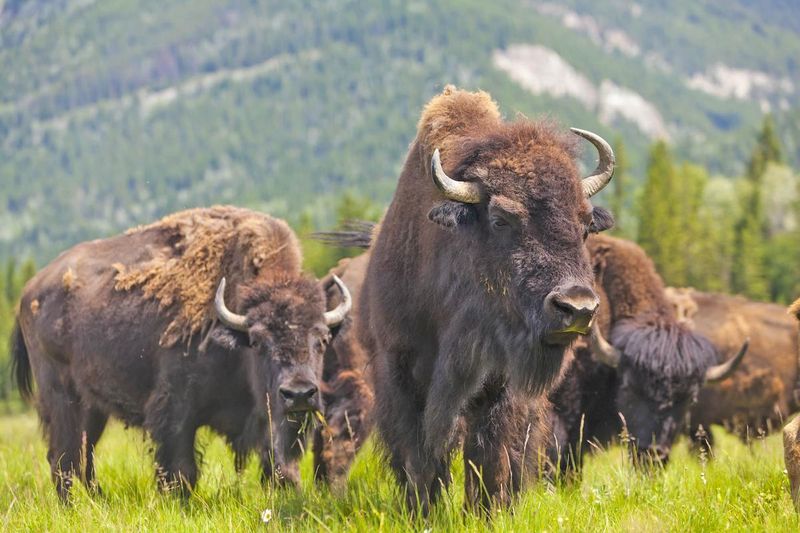
Squeezing through a genetic bottleneck, today’s bison carry the DNA legacy of just a few hundred ancestors. Scientists worried this limited gene pool would doom the species.
Surprisingly, bison proved remarkably resilient to inbreeding problems. Their genetic adaptability allowed populations to rebound without the severe birth defects or fertility issues that plague other bottlenecked species.
5. Native American Preservation Efforts
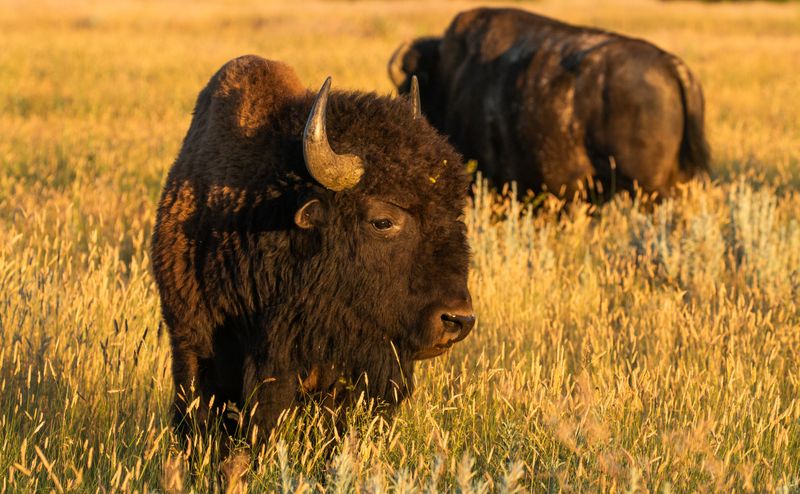
Many tribes view bison as sacred relatives, not just resources. When government efforts faltered, Native nations stepped up, establishing some of today’s most successful conservation herds.
The InterTribal Buffalo Council now manages over 20,000 bison across 69 tribal herds. Their cultural connection motivated preservation when economic arguments alone might have failed.
6. Adaptability To Extreme Weather
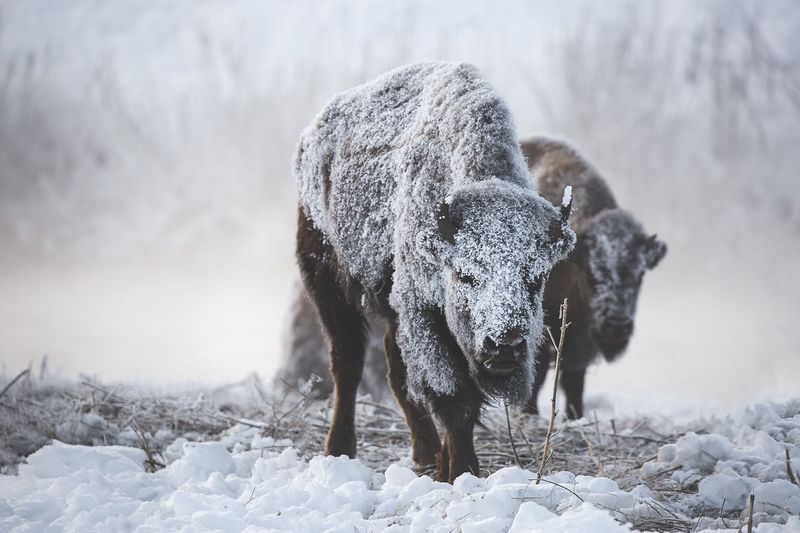
Blizzards that kill cattle often leave bison unfazed. Their massive heads act as natural snowplows, sweeping aside deep snow to reach hidden grass.
Thick woolly coats insulate against temperatures as low as -40°F, while specialized blood vessels prevent frostbite. This weather hardiness meant bison could survive in habitats where other species couldn’t, giving them refuge during hunting pressure.
7. The Theodore Roosevelt Connection
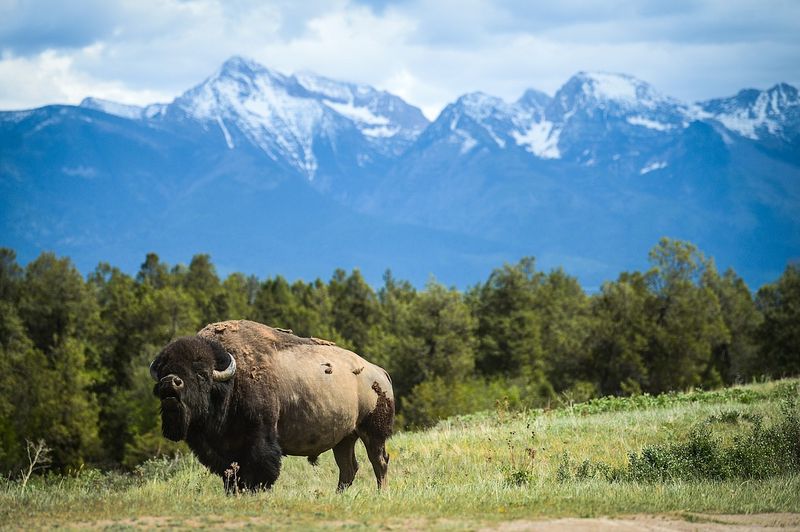
From enthusiastic bison hunter to their fiercest advocate, Roosevelt’s conservation conversion created political will to save the species. His 1905 presidential backing of the American Bison Society gave the movement legitimacy.
Roosevelt established the first National Bison Range in Montana, protecting land specifically for wildlife recovery. This presidential precedent paved the way for modern wildlife refuges across America.
8. Hybrid Cattle Genetics Hurdle
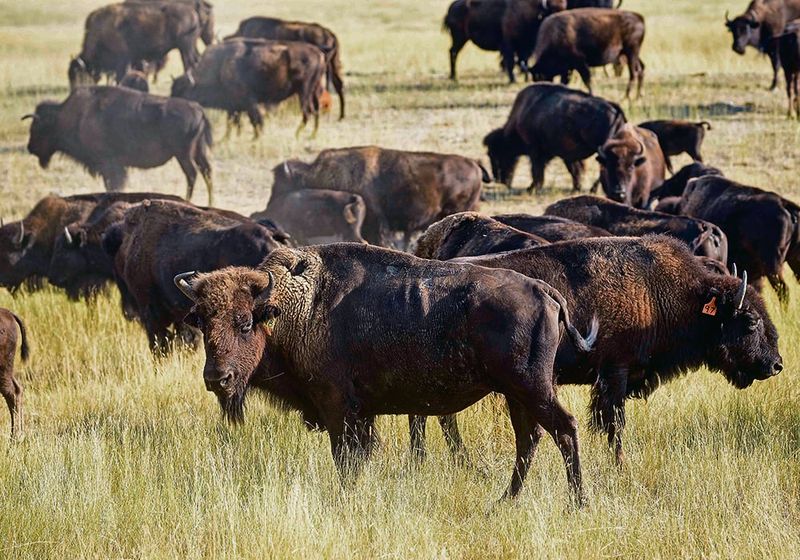
During desperate conservation attempts, some bison were crossbred with cattle, creating a genetic contamination issue. Pure bison genes were becoming increasingly rare.
Modern DNA testing now identifies animals with cattle ancestry. Conservation breeding programs carefully select for pure bison genetics, gradually reducing cattle DNA from the population and restoring genetic authenticity to herds.
9. Disease Management Breakthroughs
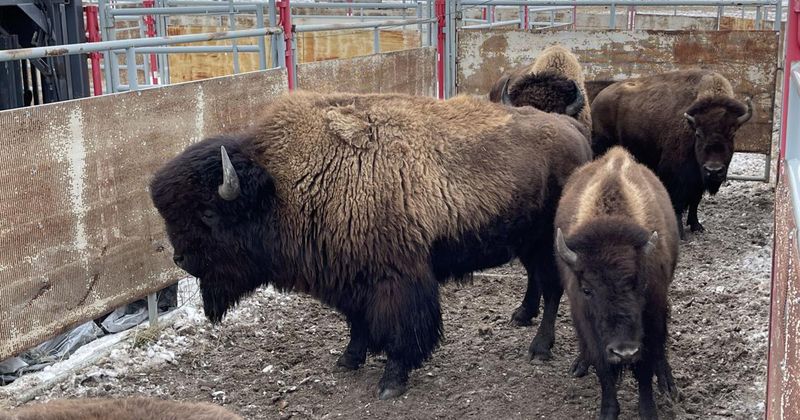
Brucellosis, a cattle disease that causes miscarriages, nearly derailed bison recovery. Ranchers feared bison would infect their livestock, leading to slaughter of entire conservation herds.
Vaccination programs, quarantine protocols, and better understanding of disease transmission have reduced these conflicts. New scientific approaches allow healthy bison to be relocated to start new herds while protecting agricultural interests.
10. Rewilding Restoration Success
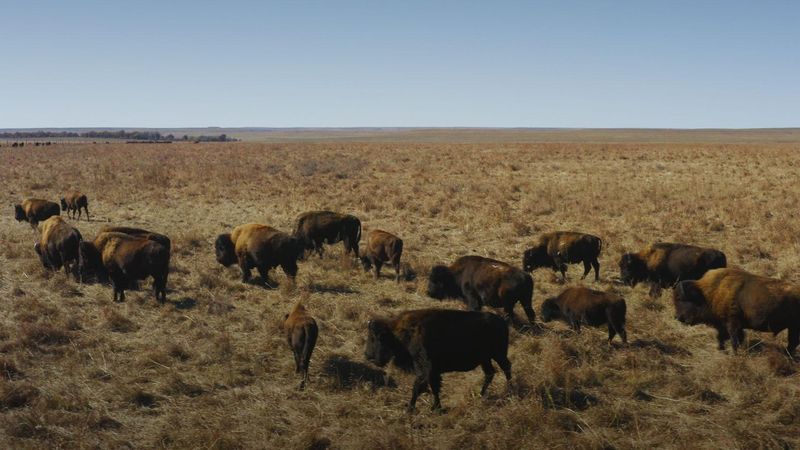
From fewer than 1,000 animals in 1900 to over 500,000 today, bison recovery represents one of conservation’s greatest comebacks. Their return is healing prairie ecosystems long damaged by their absence.
Bison grazing patterns promote plant diversity and create habitat for prairie dogs, birds, and insects. Their wallowing behavior creates mini-wetlands that support amphibians, demonstrating how saving one species can restore entire ecosystems.

